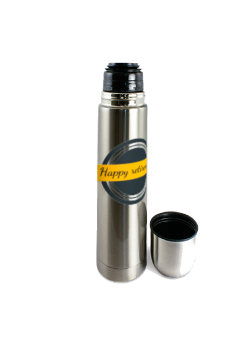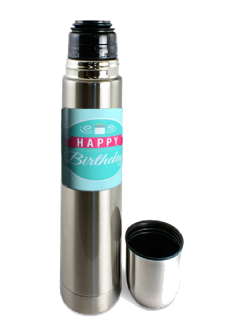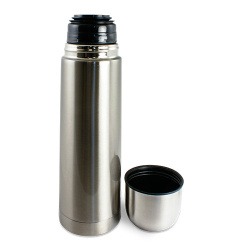Vintage mug with adult...
History of the cup Tea was introduced during the Chinese Han Dynasty (206 BC - 220 AD). The more than four centuries of Han Dynasty rule are widely regarded as one of the "golden ages" of Chinese history. With the beginning of the Han Dynasty, the pottery industry developed and many types of vessels appeared on the market. The need for a container to drink tea led to the development of the cup, especially the handleless cup in China. Europe discovered tea in the 17th century with the development of trade relations between East and West, but Europeans preferred to drink their tea very hot. The handle was therefore invented in Europe by the German Johann Friedrich Bottger in 1707. In France, the ordinances of 1699 and 1709, which restricted the use of precious metals, encouraged the development of ceramics, particularly earthenware and porcelain, which played an increasingly important role in the creation of cabarets (lunch services) for serving exotic drinks. Throughout the 18th century, there were many innovations in decoration, technique and form.
- Personalisable









































